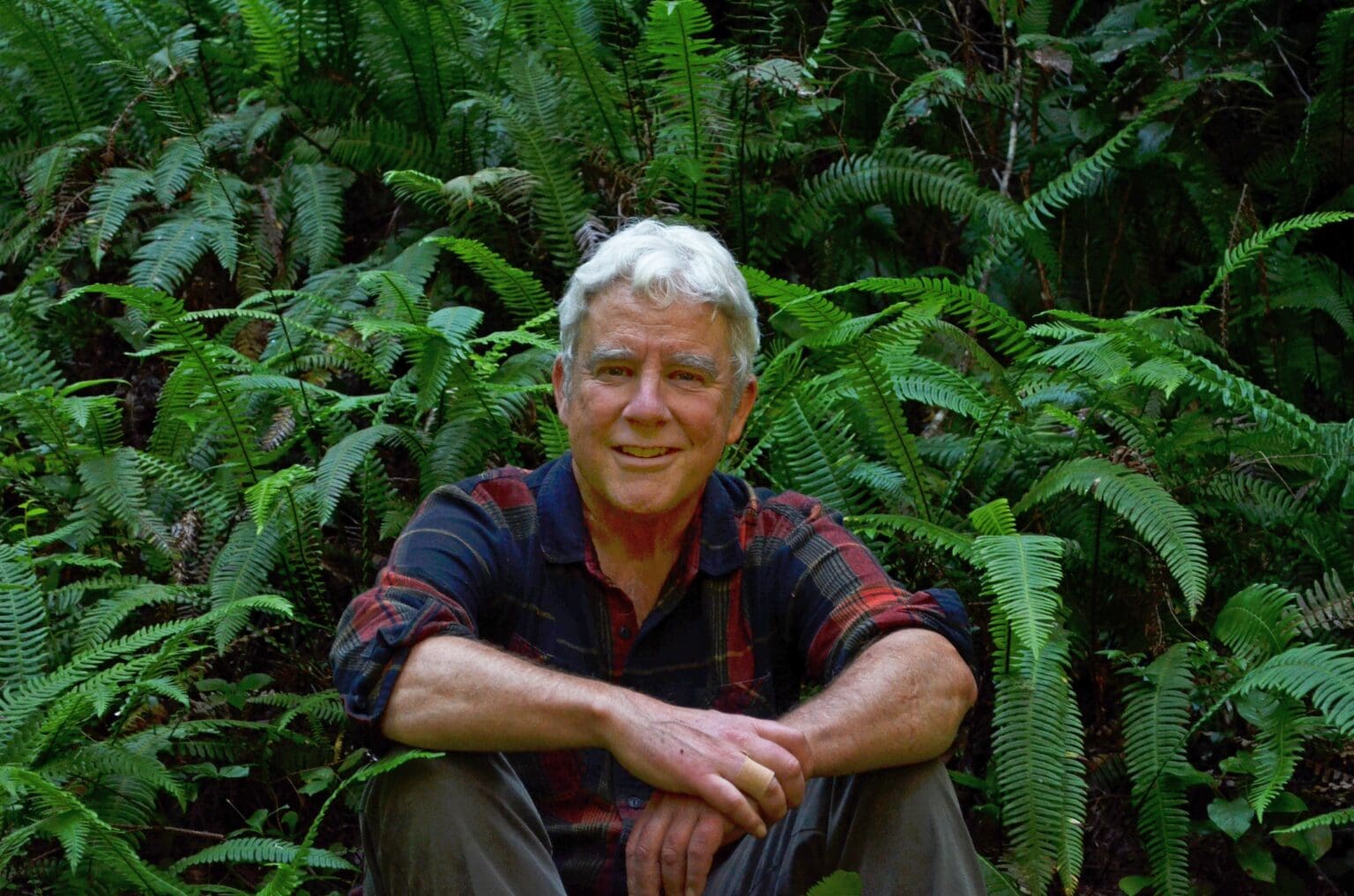The first time I saw the redwoods, I tried to FaceTime my mom.
I remember parking my rental car �

Already a subscriber?
Unlock the paywall!
Get 24 hours of unlimited digital access to CascadiaDaily.com for just $1 with our new Digital Day Pass



